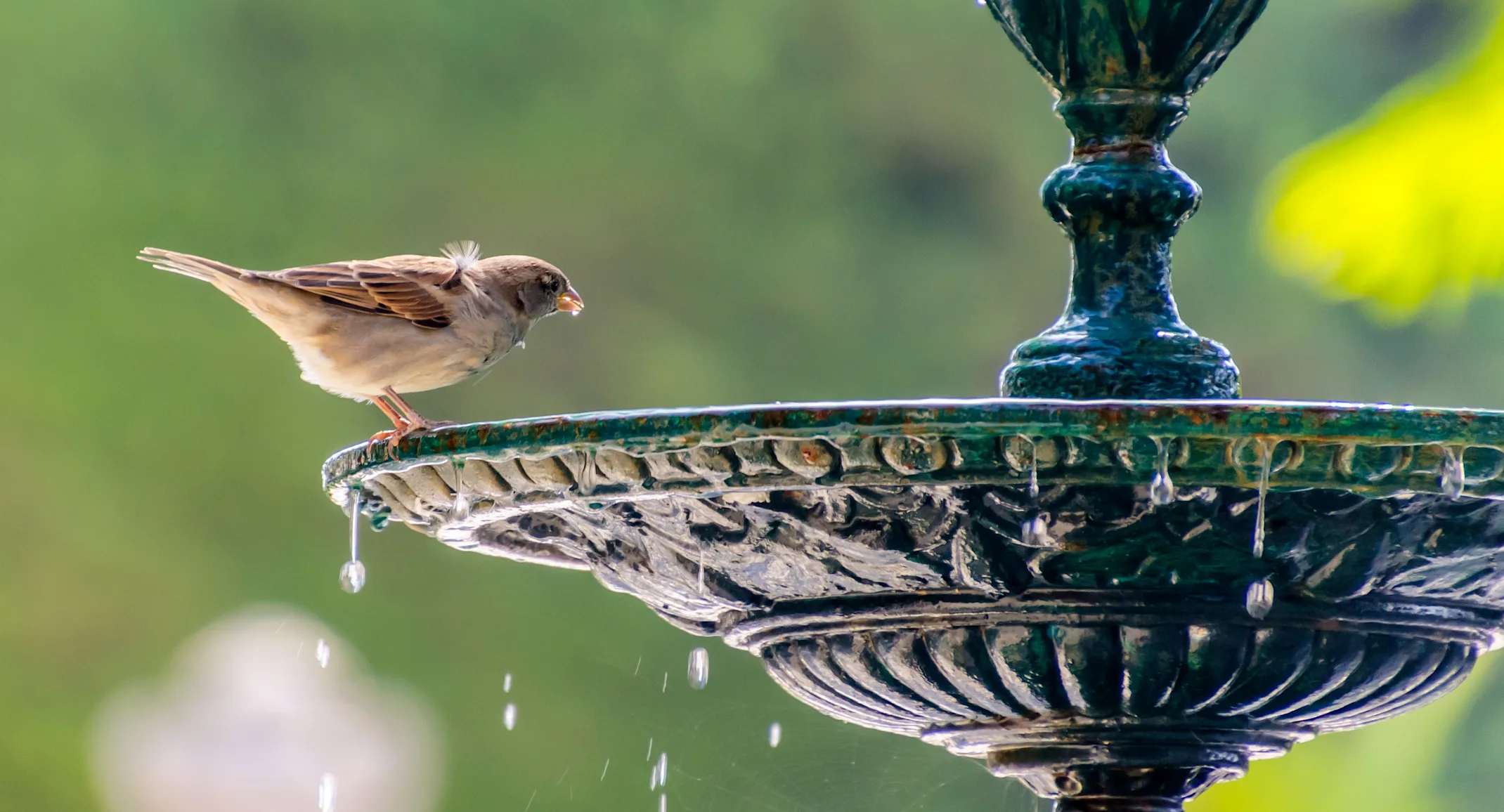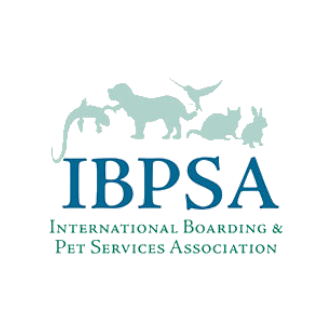What is it?
According to the author, Anna Vallery, Conservation Specialist with Houston Audubon, “This bacteria is primarily transmitted through populations of birds via fecal contamination of food and water by infected birds (though bird to bird contact can result in transmission). Infected birds can shed bacteria at feeders and water features, turning those areas into disease vectors.”
Fiona Gilchrist, DVM also notes in her article (below), “Cats, dogs and people — as well as wildlife — can be affected by the bacteria which may be ingested by contact with contaminated surfaces like wood or soil or by the infected birds themselves. A cat or dog with salmonella can pass the disease on to humans and the reverse is also true.”
Symptoms
Some of the symptoms include birds that are “lethargic and slow to react, sitting on the ground, and looking thin or fluffed up.” In addition to maintaining clean bird feeders at all times, Vallery provides these tips:
Keep your eyes peeled for birds that appear sick or lethargic.
If you think a bird in your backyard is sick, take down and disinfect all feeders and water features immediately.
Clean up any seed shell or chaff from around your yard.
Keep cats indoors.
Keep an eye on dogs when they’re outside.
Be prepared to continue to clean and disinfect feeders and water features.
Wash hands thoroughly with anti-bacterial soap after handling sick birds to prevent transmitting salmonella.
As infections are reported to be on the rise in Texas this spring, you may want to read the entire blogpost, “Pine Siskins and Salmonellosis: How to Identify and Prevent the Spread” by Anna Vallery, Houston Audublog, March 5, 2021, http://houstonaudublog.blogspot.com


